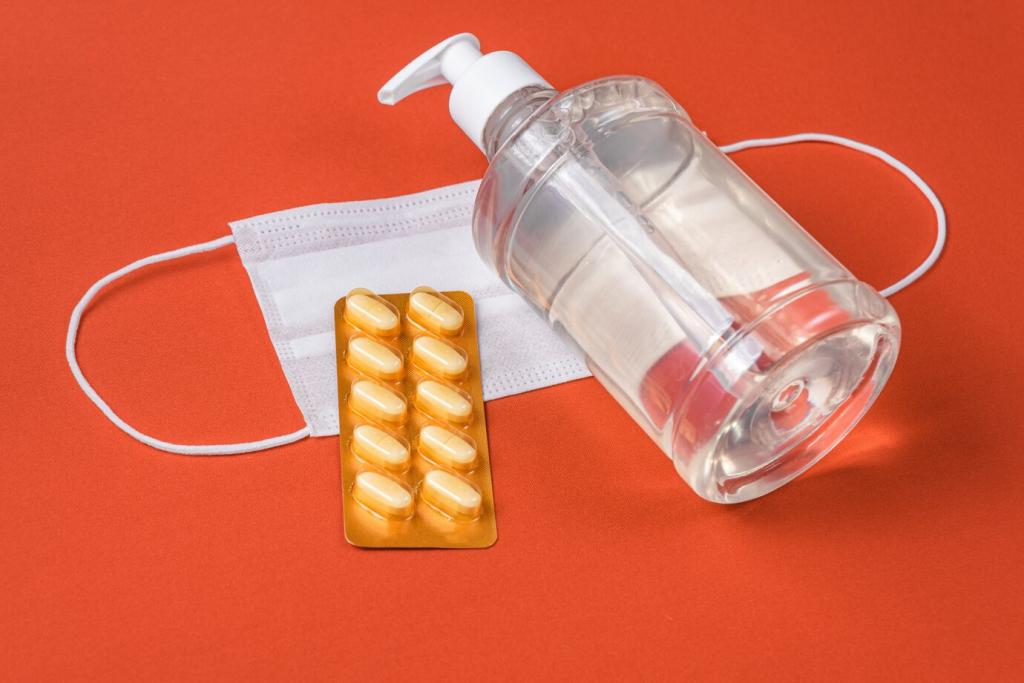Costs, Installation Paths, and Long‑Term Ownership
Wall safes retrofit quickly: cut, reinforce, mount, finish. Floor safes excel in new builds, where concrete work is already scheduled. Retrofitting a floor safe later can mean dust, noise, and coordination. If you’re renovating, time the safe with framing or slab work to minimize disruption and cost.
Costs, Installation Paths, and Long‑Term Ownership
Don’t forget patching and paint, trim, outlet relocation, or carpet re-stretching. Add organizers, humidity control, and a proper false panel or artwork for concealment. A well-thought installation reduces long-term headaches and raises everyday satisfaction, which ultimately protects your valuables better through consistent use.





